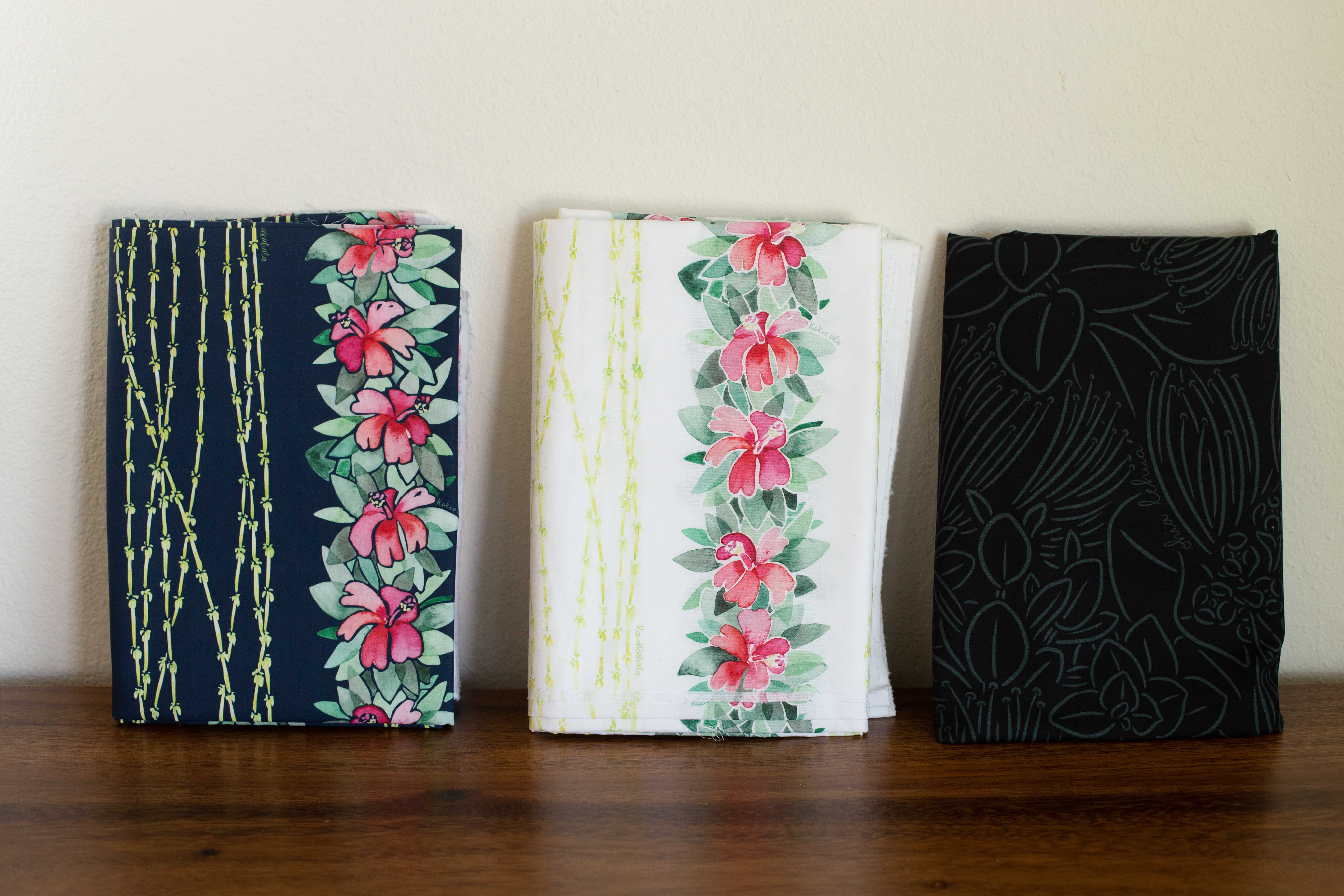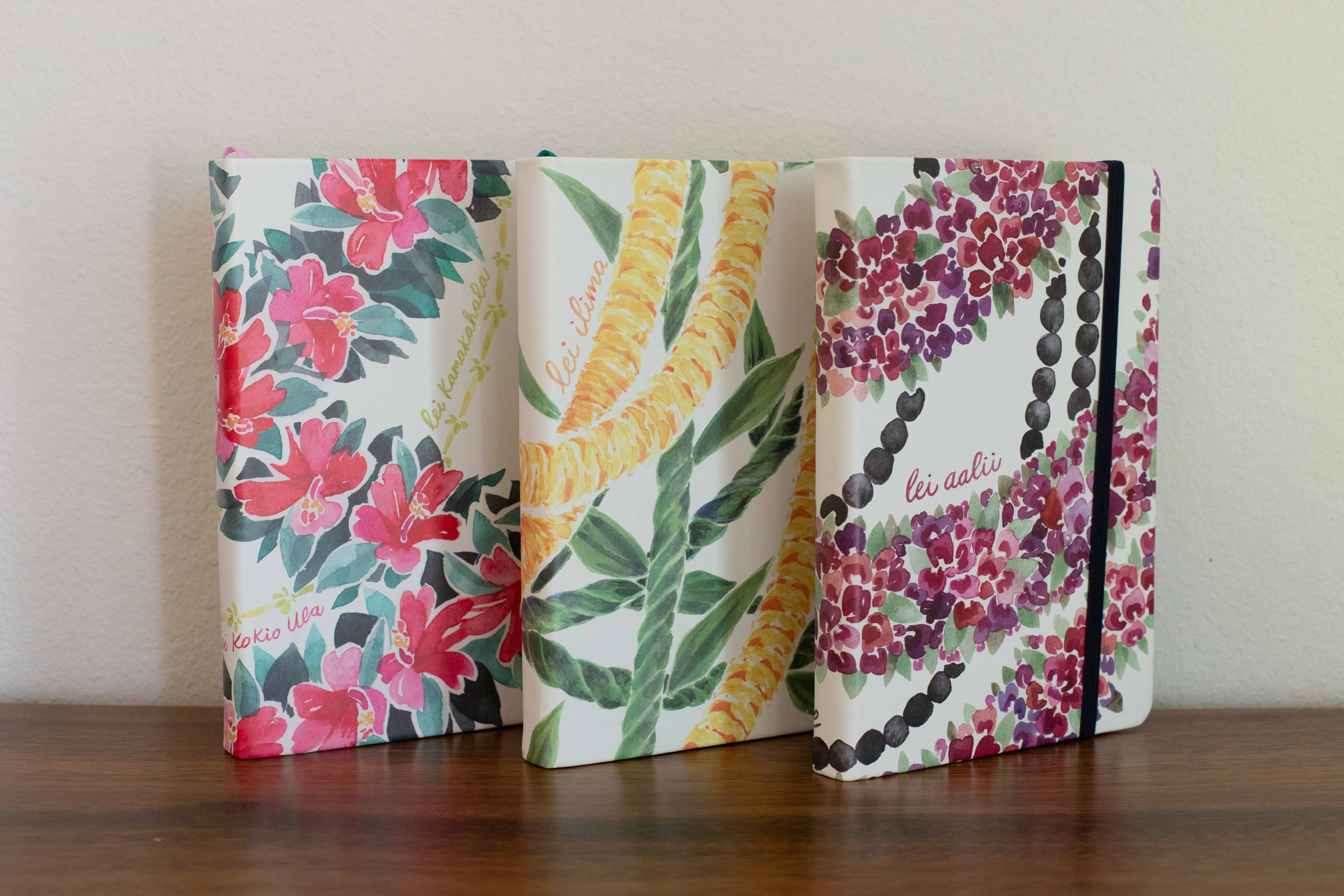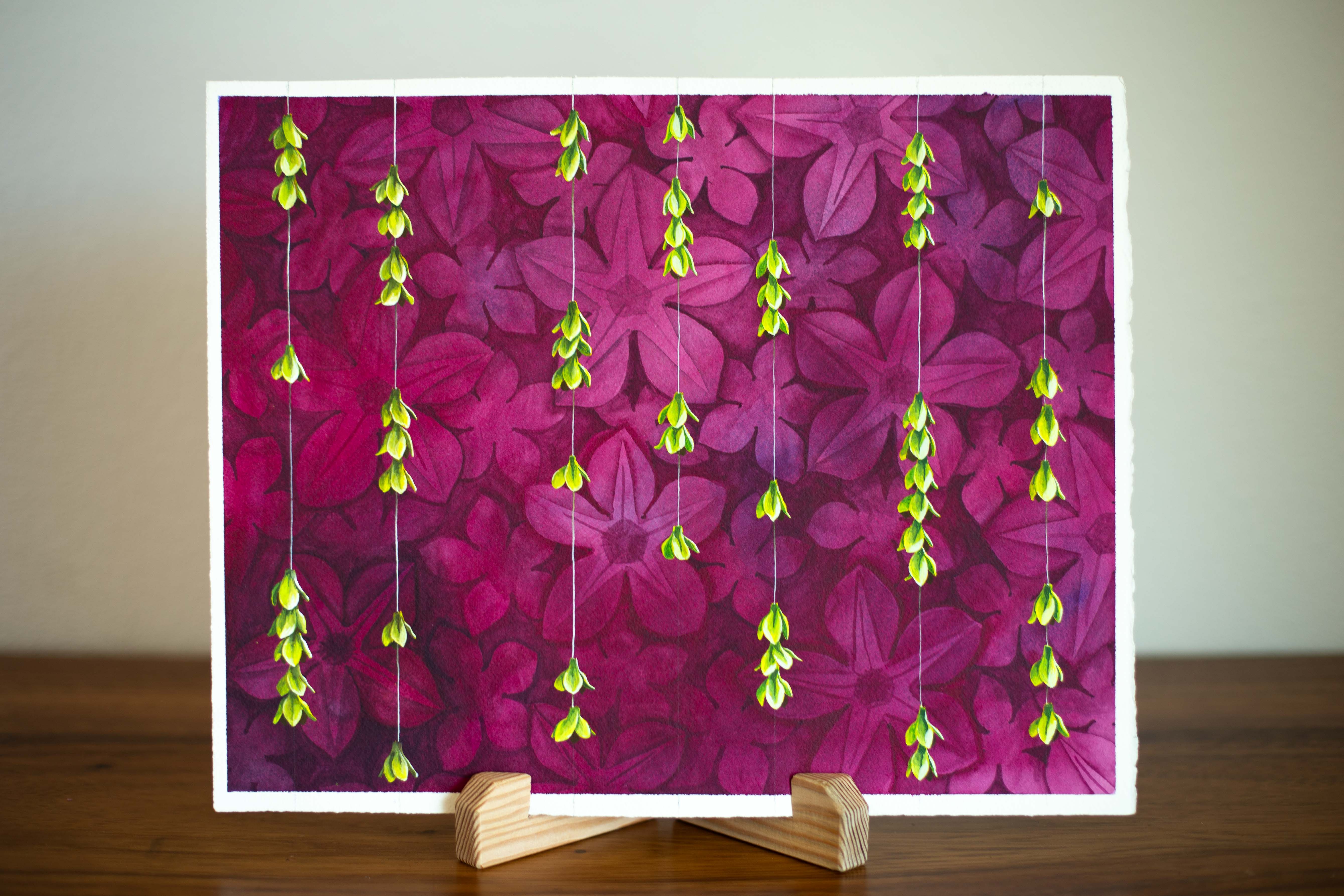Letʻs agree on whatʻs most important
This is a unique journey that my family is on, hopefully one day it wonʻt be, but right now it is. The resources I share, I make and share because I love the Hawaiian language, use it every day, and recognize that there is a need for free resources like these.
As Pili grows and I want to help her learn to read and write, I have to come up with materials I can use with her. When I make these handouts I am thinking about her. She is my partner in this journey and we are learning, exploring, and creating together. Language is an art and like tangible art that you can behold with your eyes there is no one way or right way to learn it. The most important thing is that it exists and more than that, that it is vibrantly alive.
Which brings me to a question of debate that we encounter from time to time - ʻokina and kahakō. The ʻokina and the kahakō are not from our kūpuna. They were created for second language speakers who could not hear the difference between words or figure it out in context. They were made to standardize the language. If you look at old newspapers there are no ʻokinaʻs and kahakōʻs - why would there be? The Hawaiians in that time knew their language.
Here are our thoughts on ʻokina and the kahakō. As of today, Hawaiian language has been an oral language far longer than it has been a written language. This means that all practices were passed on verbally, by those who had a strong command of the language and didn't have the option to rely on a written form of the language. We aspire to that level and lifestyle of a living language, which means an oral language. The ʻokina and the kahakō are part of the new written form of the language. Native speakers both past and present don't need nor do they use them, unless they are associated with a work or school system that requires them to. We use ʻokina and the kahakō when new learners of the language are considered. Both native speakers and strong non-native speakers of the language don't need them. So again, I created this hand-out with Pili in mind. A child who has learned the language in her family context and therefore knows where ʻokina and kahakō are pronounced but doesn't need to see them written to understand.
Hawaiian lives in my home. It lives in my children. It is manifested in many ways and here is one of them. We may not all agree on how Hawaiian Language should be taught and all the rules that were written by many different people, but let us agree to have the language live in our lives, in our homes, and in our communities. That is the goal.
These handouts are for personal use and are not to be reproduced and distributed without written consent from Kaulumaika LLC.
I recommend printing them out and laminating them so they last for a long time. The first handout has all of the letters in the piapa and the second one has illustrations and words that start with a letter from the piapa. The third one is for those that want the letters to exactly match the words without ʻokina and kahakō. Cut out the illustrations and have your child practice placing them on the letters.
Happy learning! - Emily











Aloha e Emily!
Is that what this Hawaiian alphabet is called? Ka piapa? Mahalo nui loa i kaʻana like ʻana i kēia no ka mea ʻaʻole manaʻo au kēia. Ua manaʻo au i ka hakalama. (I hope I said it correctly)
E kala mai iaʻu. Hoʻolauna au iāʻoe. ʻO Hokulani Davis kēia. Noho Waiʻanae mai au. But I live on Kauaʻi for ʻumi makahiki. I follow kuʻu kāne, @ehoopilimai, and @ola_olēlo to increase my ʻōlelo hawaii. I took papa ʻōlelo for two years here at Kauaʻi Community College purely to fulfill my credits and out of curiosity. Now I have embraced my Hawaiian ancestry, culture and ended up studying Hawaiian Studies. I am pursuing ʻōlelo hawaii on my own to increase my ʻōlelo and kuʻu moʻopuna asked me to teach him. He lives in Waiʻanae so I put together some worksheets (I plan to add yours to his packet) and we will use zoom to meet because he wants “gramma” to teach him.
I am currently pursuing an early education/special education degree through UH Manoa’s distance program, but I also want to teach olelo hawaii. Since I do not want to relocate to Hilo or Oahu to obtain the proper credentials/education I decided teaching kuʻu mau moʻopuna and children in my community will suffice. After all, that does not require credentials, all it requires is a heart and a voice. I have some language knowledge With the help of passionate people like yourself, Malu, Kumu Kahanuola, and countless others I continue to learn. I also took advantage of Malu’s resource list. I went to the college bookstore and purchased the Hawaiian grammar book and Mary Pukuiʻs “Olelo Noʻeau” book (this one was not on the resource list, I thought it would be cool to have).
I reached out to my Kumu from Kauaʻi Community College to be a part of the Hawaiian Club since I am in a distance program at Manoa and I want to be part of a group of like-minded people; take part with working in our loʻi ma ke kula o Kauaʻi CC.
Kala mai hou for going on and on. Mahalo piha for all you and Maluhia is doing.
Mahalo-Mahalo-Mahalo
Leave a comment